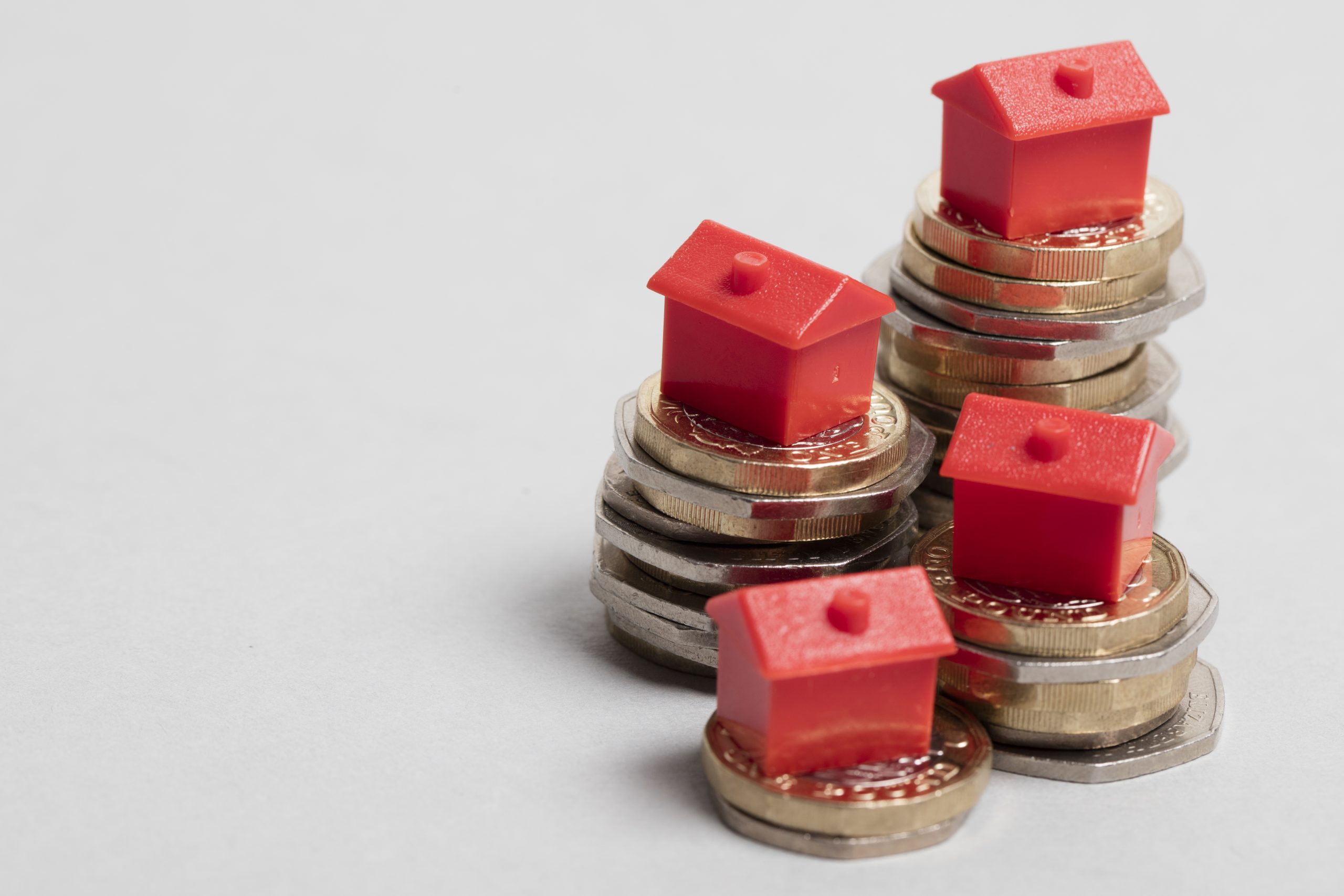First-time Buyer
House prices hit £281,000 in April

The average price of a house in the UK rose 12.4% annually in April to £281,800.
This was compared to the annual growth of 9.7% recorded in March where average prices reached £278,000. According to the Office for National Statistics (ONS), house prices in April were £31,000 higher than the average price during the same period last year.
ONS said the 12.4% growth seen in April was the strongest since June last year but noted this was in comparison to a drop in house prices last April. House prices fell in April last year as the initial end of the stamp duty holiday in March resulted in a rise in purchase activity which pushed prices up.
On a monthly basis, house price growth in April softened slightly with a 0.4% increase on the previous month compared with a 0.7% rise between February and March.
Country and regional breakdown
Average house prices in England increased by 11.9% to £299,000, while in Wales there was a 16.2% rise to £212,000. Average house prices in Scotland rose by 16.2% to £188,000 and in Northern Ireland, there was a 10.4% uptick to £165,000.
Regionally, the South West reported the highest yearly growth in house prices with a 14.1% jump. This was up from a growth rate of 10.5% in March.
London reported the lowest annual growth, as prices increased by 7.9%. However, this was stronger than the 4.9% yearly growth recorded in March.
‘Agony’ for first-time buyers
Noting that the annual rise in average house prices matched the average UK salary of £31,285 according to ONS, industry officials said this could be disheartening for first-time buyers.
Iain McKenzie, CEO of The Guild of Property Professionals, said: “The average home now costs over £30,000 more than it did this time last year, but with sluggish wage growth and lower disposable income, it may feel like the goal posts have been moved for first-time buyers.
“Estate agents are still seeing an imbalance between supply and demand, with potential buyers queuing up as soon as properties come up for sale. When this eventually begins to narrow, we may see house prices cool down to more achievable levels.”
A historic picture
Other sector professionals said the data did not reflect the current economic situation as that had moved on and house price inflation was due to slow.
Andrew Montlake, managing director of Coreco, said: “April is an age ago, so this data is not a true reflection of where the market is at right now. The era of ultra-cheap money is finito and that will soon start to feed through into house price growth.
“Increased borrowing costs and the immense pressure on household finances will almost certainly start to temper demand in the months ahead, which will see the rate of price growth slow. The one constant in these times of flux, of course, is the lack of supply and homes being built. The dearth of good quality, affordable housing for sale will support prices even as we go through an unprecedented cost of living crisis.”
Ross Boyd, founder of Dashly.com, said: “Property prices were on fire in April but that was then and this is now. Economic conditions have deteriorated significantly in the past few months at the same time as interest rates have risen. More rate rises are almost certainly on the cards as the Bank of England attempts to control inflation, which is now at 9.1%.
“It’s inconceivable to think the housing market will remain unaffected by the current interest rate cycle, which is now firmly on an upwards trajectory. The property market will cool throughout 2022 and in 2023. When they come to remortgage, it will be less a case of rate shock for many borrowers but rate trauma. The pending remortgage crunch will significantly add to the cost-of-living crisis. The cost to rent has hit another record high and that will drive a degree of demand as people seek to get onto the ladder.”